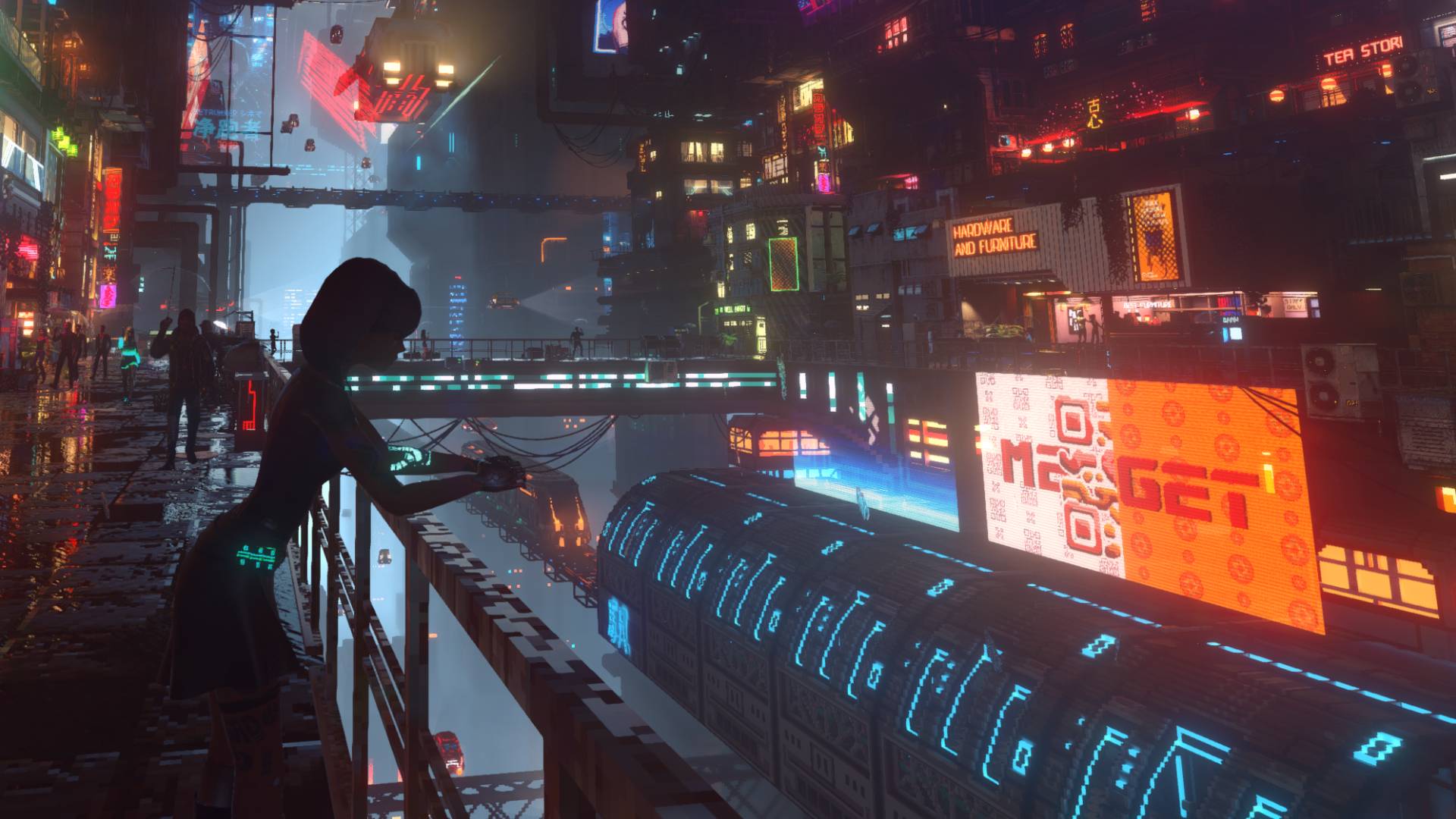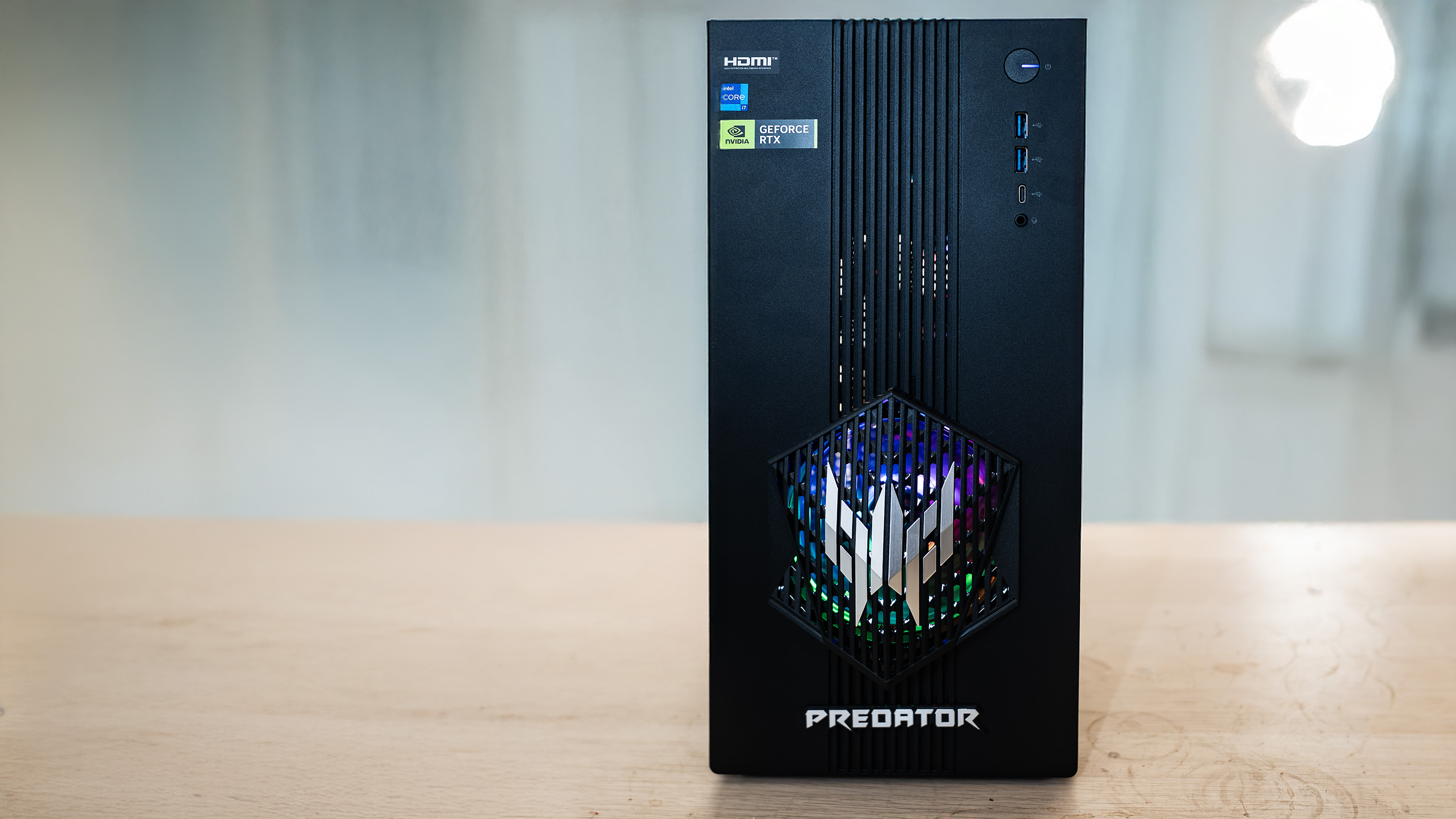Google Veo 3 users long to immerse themselves in the worlds of their AI-generated videos, seemingly forgetting entire videogame genres already exist
Dreaming small.

With increasing frequency, AI is pitched as the solution to a non-existent problem. For starters, Google's Veo 3 became widely available as a public preview last month, allowing folks to create AI-generated video with disquieting robo-voice-over to boot. Now, a recent exchange on X suggests that a more immersive feature set that would allow users to generate playable game worlds using Veo 3 may not be a far off possibility either.
In response to a post sharing generated video of a sky-high cyberpunk city, asking "playable world models [in Google Veo 3] wen [sic]?" Google DeepMind co-founder and CEO Demis Hassabis cryptically wrote, "Now wouldn't that be something…" Google ai.studio and Gemini API product lead Logan Kilpatrick then replied to Hassabis' post with a similarly mysterious string of zip-mouthed emojis.
There's little unexpected about this, especially as Genie 2, an AI model capable of generating interactive 3D environments, was revealed at the end of last year. With that in mind, it seems far from unlikely Veo 3 may soon reap the benefits of Genie 2's machine learnings. But, to me, this all feels totally unnecessary.
Reading that X user's longing to play their Veo 3 cyberpunk city, I can only think, "That game already exists, though." For those curious, it's called Cloudpunk, and an even more immersive sequel named Nivalis is on the way too. As far as I'm aware, AI-generated video was not necessary to bring either the earlier 2020 game or this latest creative vision to vibrant life.
Wait a second—the aforementioned Veo 3 clip bears a striking similarity to a screen shot you can easily find on the Nivalis Steam page. If this was used as a basis for the video in the original X post, then it's not only all the more baffling but it also just exposes how gen-AI is sometimes leveraged to devalue and erase the work of flesh and blood creatives. For one pertinent example, it turns out content creators were largely unaware that Google uses YouTube videos to train its AI models. Anyway, I know what I'm adding to my wishlist.

There's also plenty more reasons to be cautious about the advent of AI-generated video besides creative existentialism. As part of a report last month, Time demonstrated how Veo 3 could be used to create deepfake videos that propagate disinformation or otherwise aim to exacerbate social and political tensions. More recently Media Matters for America, a research nonprofit and watchdog, reported on a wave of extremely racist and antisemitic, AI-generated videos getting millions of views on TikTok. This is despite the video platform's community guidelines expressly banning hate speech.
While some users may only want to use Google's Veo 3 to immerse themselves in prompt-based worlds, it's clear some have far from innocent ambitions for this tech. For its part, Google has introduced a teeny tiny watermark to Veo 3 videos. At the very least, AI-heads may well be motivated to learn a new skill as they figure out how to crop this from view. But according to vice president of Google Labs and Gemini Josh Woodward, this watermark won't appear in Veo 3 videos created in Flow by Ultra tier Google AI subscribers, greatly undermining the entire effort.
Keep up to date with the most important stories and the best deals, as picked by the PC Gamer team.
It's not like OpenAI is handling their competing text-to-video model, Sora, much better either. In addition to their own watermark and building tools that can detect when video was made using Sora, the company also shares it is "working with red teamers — domain experts in areas like misinformation, hateful content, and bias — who will be adversarially testing the model." It also says, "our text classifier will check and reject text input prompts that are in violation of our usage policies, like those that request extreme violence, sexual content, hateful imagery, celebrity likeness, or the IP of others." However, given that research from HiddenLayer (via Forbes) suggests that safety protocols in a number of major LLMs remain relatively easy to bypass, you'll forgive me for not feeling optimistic about the future of AI generated video.

1. Best overall:
HP Omen 35L
2. Best budget:
Lenovo Legion Tower 5i
3. Best compact:
Velocity Micro Raptor ES40
4. Alienware:
Alienware Aurora
5. Best mini PC:
Minisforum AtomMan G7 PT

Jess has been writing about games for over ten years, spending the last seven working on print publications PLAY and Official PlayStation Magazine. When she’s not writing about all things hardware here, she’s getting cosy with a horror classic, ranting about a cult hit to a captive audience, or tinkering with some tabletop nonsense.
You must confirm your public display name before commenting
Please logout and then login again, you will then be prompted to enter your display name.

